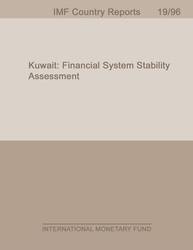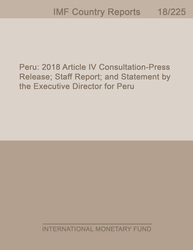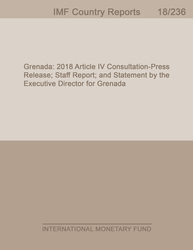
Kuwait
Financial System Stability Assessment
Since the 2010 FSAP, the financial system has withstood the real-life stress test of a severe drop in oil prices and the authorities have strengthened their framework. Banks, which constitute the largest part of the financial sector, have maintained high capital ratios, comfortable liquidity buffers, and high provisions, while nonperforming loans (NPLs) reached historic lows in 2017. The authorities proactively developed their regulatory and supervisory framework, notably by implementing Basel III for banks and establishing a regulatory and supervisory agency for capital markets, the Capital Markets Authority (CMA). Kuwait’s limited economic diversification (characteristic of small oil-dependent economies) is directly reflected in the bank-centric financial sector. Banks have high concentrations to single borrowers, large depositors, and sectors, as well as significant common exposures. Risks to the financial sector are mostly external, stemming from oil price shocks, geopolitical tensions, and global financial developments. The risks are mitigated by sizeable sovereign financial assets, and by the ability of public entities to provide liquidity through large deposits.
Publication date: April 2019
ISBN: 9781498306409
$18.00
Add to Cart by clicking price of the language and format you'd like to purchase
Available Languages and Formats
| English |
Prices in red indicate formats that are not yet available but are forthcoming.
Topics covered in this book
This title contains information about the following subjects.
Click on a subject if you would like to see other titles with the same subjects.
CBK , islamic bank , Shariah , liquidity , risk-based
Also of interest
Summary
Copyright © 2010 - 2025
Powered by:
AIDC



